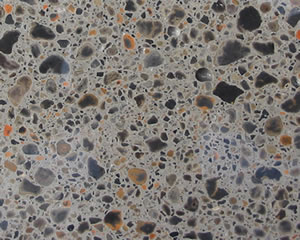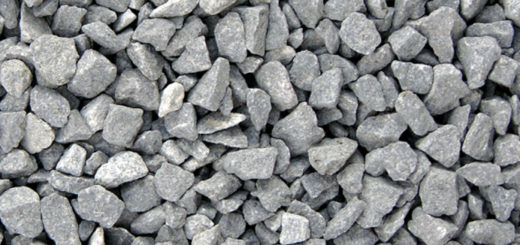All About Concrete [Most Important in Brief]
All about the concrete is discussed in this article. Basic definitions of the concrete, its parameters are discussed in detail to provide a greater understanding.
This article includes everything you need to know about concrete.
The following terms are discussed in this article.
- Characteristic Strength of concrete
- Light Weight Concrete
- Normal Weight Concrete
- Heavyweight Concrete
- Free water/cement ratio
- Classification of Cement
- Admixtures
- Durability of Concrete
- Chlorides in Concrete
- Maximum Water/Cement Ration and Minimum Cement Content
- Limitations of Workability of Concrete
- Rate of Sampling for Strength Conformity Testing
Characteristic Strength of Concrete
That value of strength below which 5% of the population of all the possible strength measurements of the specified concrete are expected to fall. – BS 5328
Light Weight Concrete
Hardened concrete having an oven-dried density not greater than 2000kg/m3
Normal Weight Concrete
Hardened Concrete having an oven-dried density greater than 2000kg/m3 but not exceeding 2600kg/m3.
Heavyweight Concrete
Harten concrete having an oven-dried density greater than 2600kg/m3.
Free Water/Cement Ratio
The ratio of the mass of the free water (excluding the water absorbed by the aggregate to reach saturated surface dry condition) to the mass of cement in a concrete mix.
Classification of Cement
One of the most important things we should know when discuss all about concrete, is the classification of cement.
Cement can be classified based on its strength class which is based on the compressive strength.
Compressive strength at 28 days measured on mortar prism in accordance with BS EN 196-1 is considered to obtain the strength of cement.
There are five standard classes based on strength. They are 22.5, 32.5, 42.5, 52.5 and 62.5.
In addition, there are two more intermediate strength classes 37.5 and 47.5 for mixer combinations of portland cement (conforming to BS 12) with ground granulated blastfurnace slag (ggbs) (conforming to BS 6699).
Admixtures
Admixtures should comply with British Standards as shown in the following table.
Calcium chloride and chloride-based admixtures should never be added to the concrete to reinforced, pressed or containing metal embedments or cement conforming to BS 915 or BS 4248.
When two or more admixtures are to be added to the same concrete mix, their compatibility shall be checked.
Durability of Concrete
If we need to know all about concrete, we must study about durability of concrete deeply.
Factors influencing durability can be identified as follows.
- The shape and bulk of the concrete
- The cover to embedded steel
- The environment
- The type of cement
- The type of aggregate
- The type and dosage of admixture
- The cement content and free water/cement ratio of the concrete
- Workmanship, to obtain full compaction, correct finishing and effective curing.
Chlorides in Concrete
If chlorides in concrete, there is always a risk of corrosion.
The higher the chloride content and the higher the curing temperature, or subsequent exposure to warm moist conditions, the greater the riks of corrosion.
The maximum chloride content in the prestress concrete shall be limited to 0.1% by mass of cement.
When the marine aggregate or inland aggregates containing chlorides are used for concrete, efficient washing shall be done to achieve the specified limits.
Chloride content specified in the BS 5328 is as follows.
Maximum Water/Cement Ratio and Minimum Cement Content
The following table extracted from BS 5328 indicates the limiting values.
These values can be used as a guideline to the mix designs.
Limitations of Workability of Concrete
According to British standard, the following limitations can be achieved.
However, the limits specified in the table may be varied be depending on the project specification.
For example, slump values pump concrete is specifed as 75mm. However, in construction, it can be seen that this value is varying from 150mm-200mm.
Rate of Sampling for Strength Conformity Testing
When the concrete is poured, we check the strength of the concrete to make sure it has the specified strength in the design.
The sampling rate is basically based on the amount of the concrete to be poured.
Source BS 5328 Part 1
Work on Hot Weather
The temperature of the concrete at the time of delivery to the site shall not exceed 300C unless otherwise specified by the purchaser.
As a measure of reducing the heat of hydration or the rise of the temperature during the reaction, this is done.
These guidelines shall especially be followed when there are thicker concrete pours.








